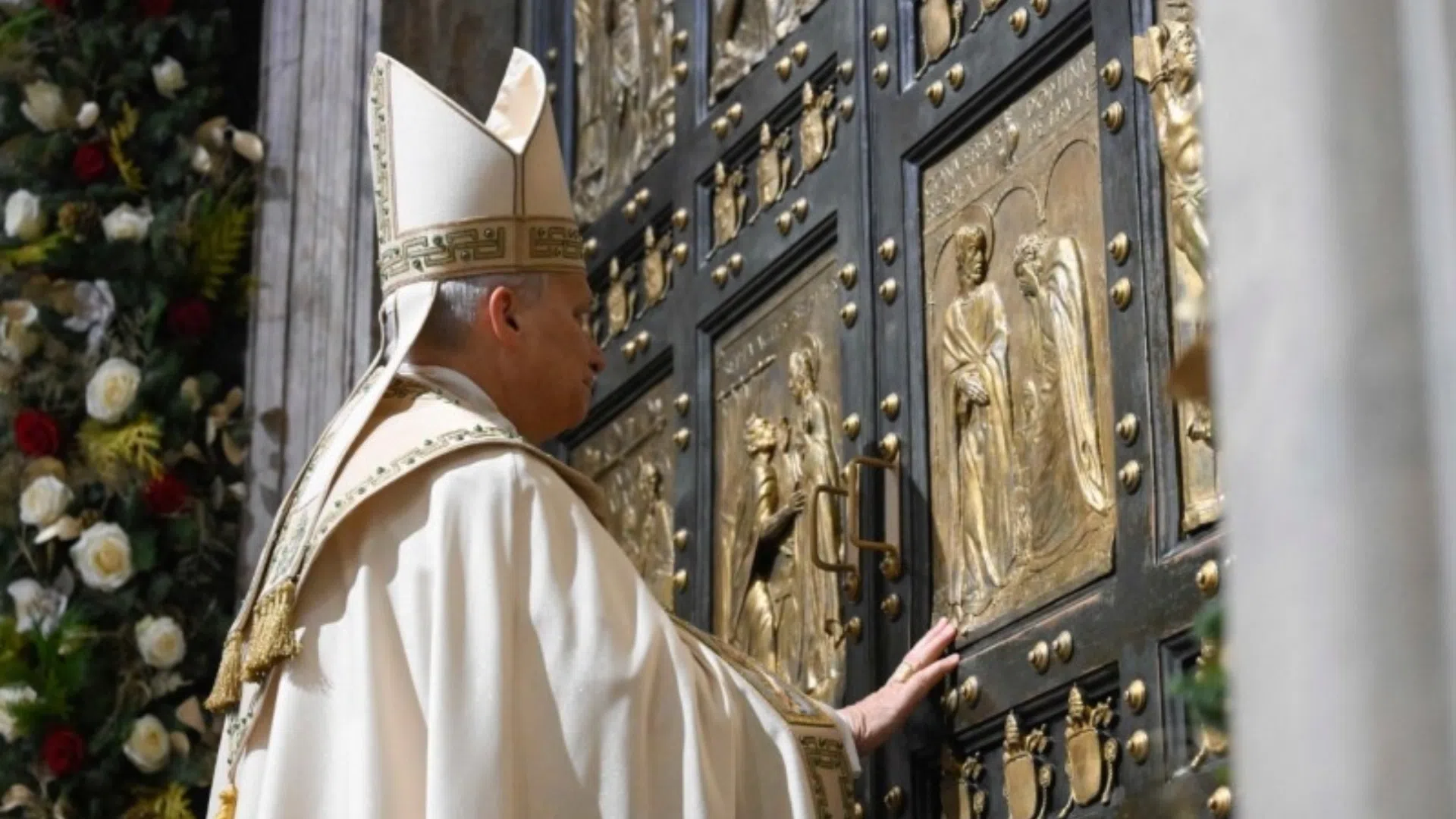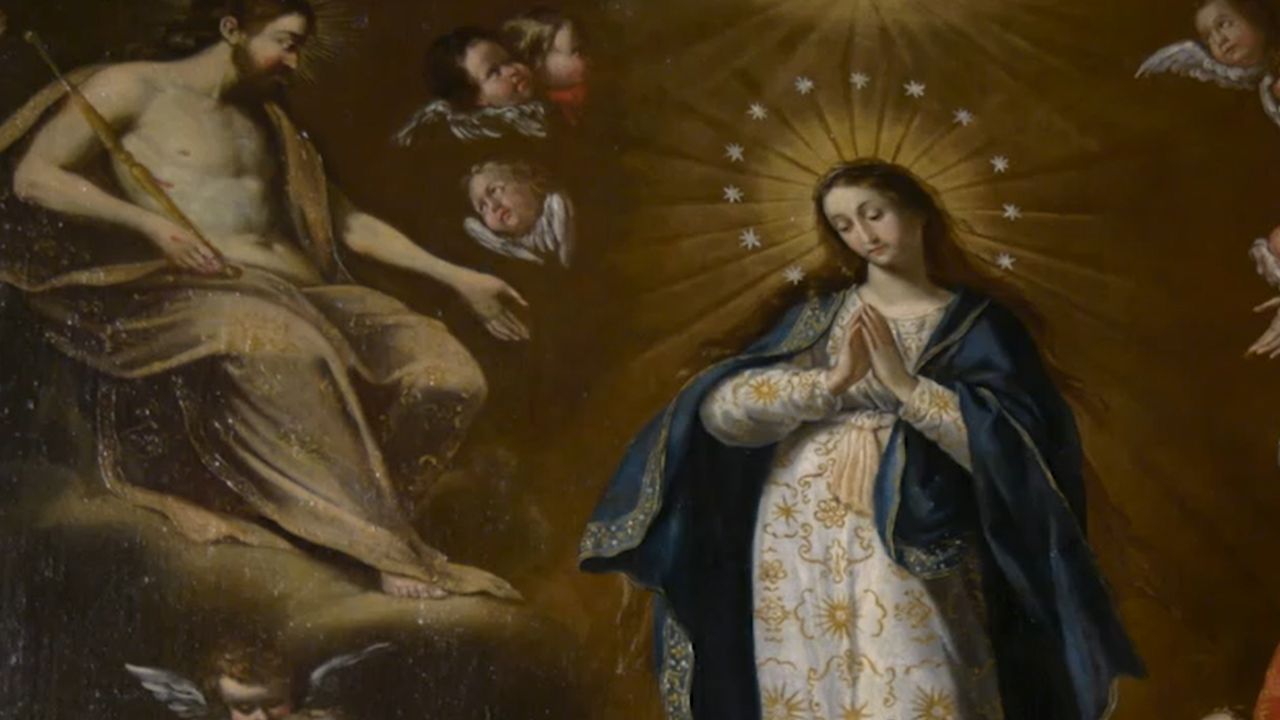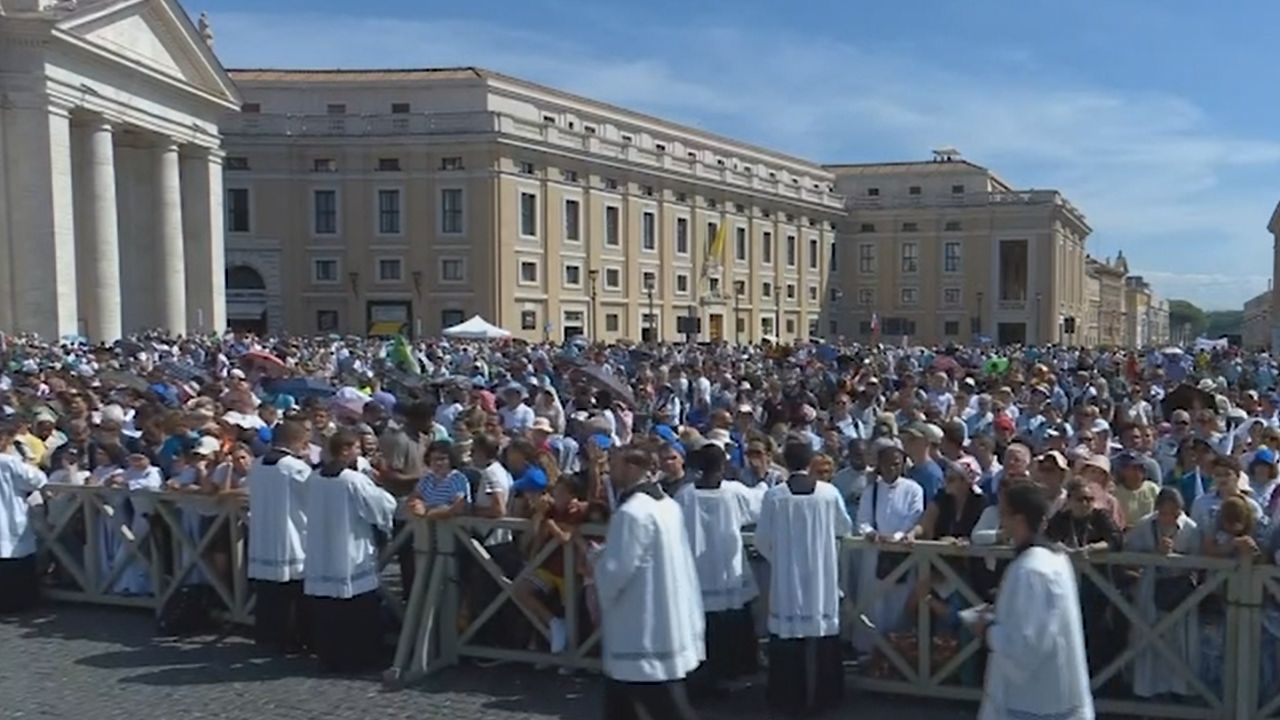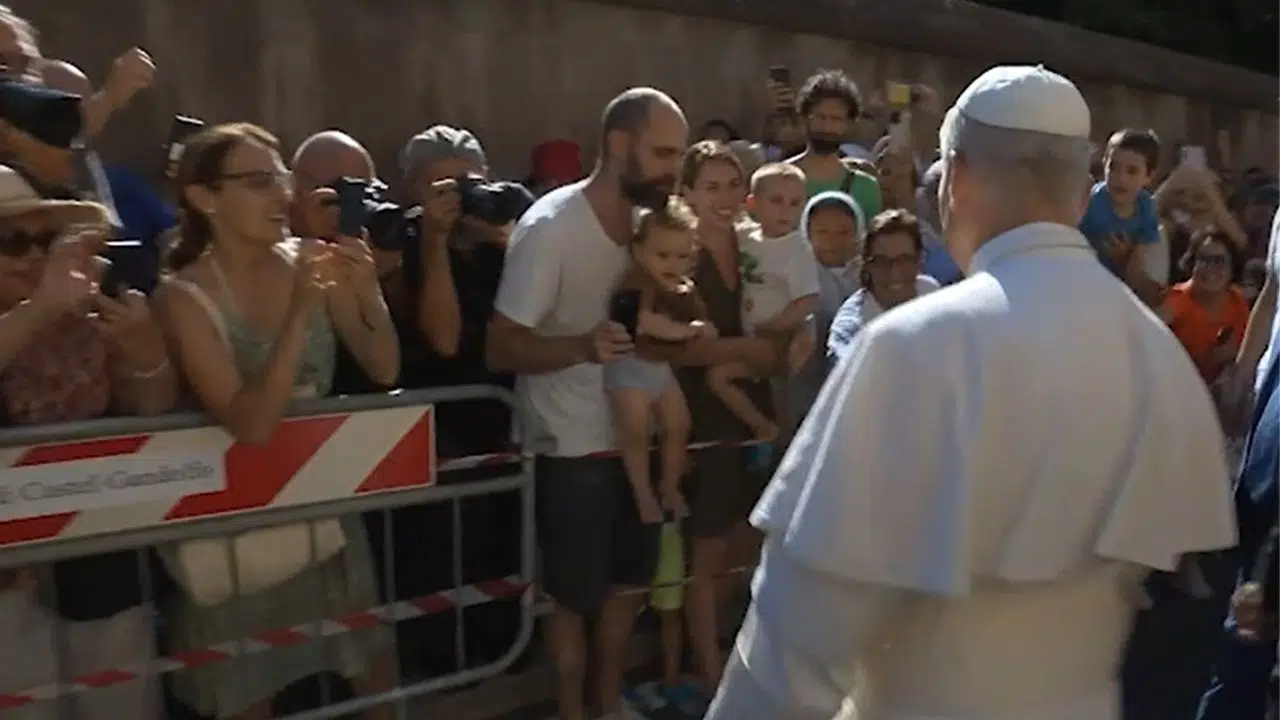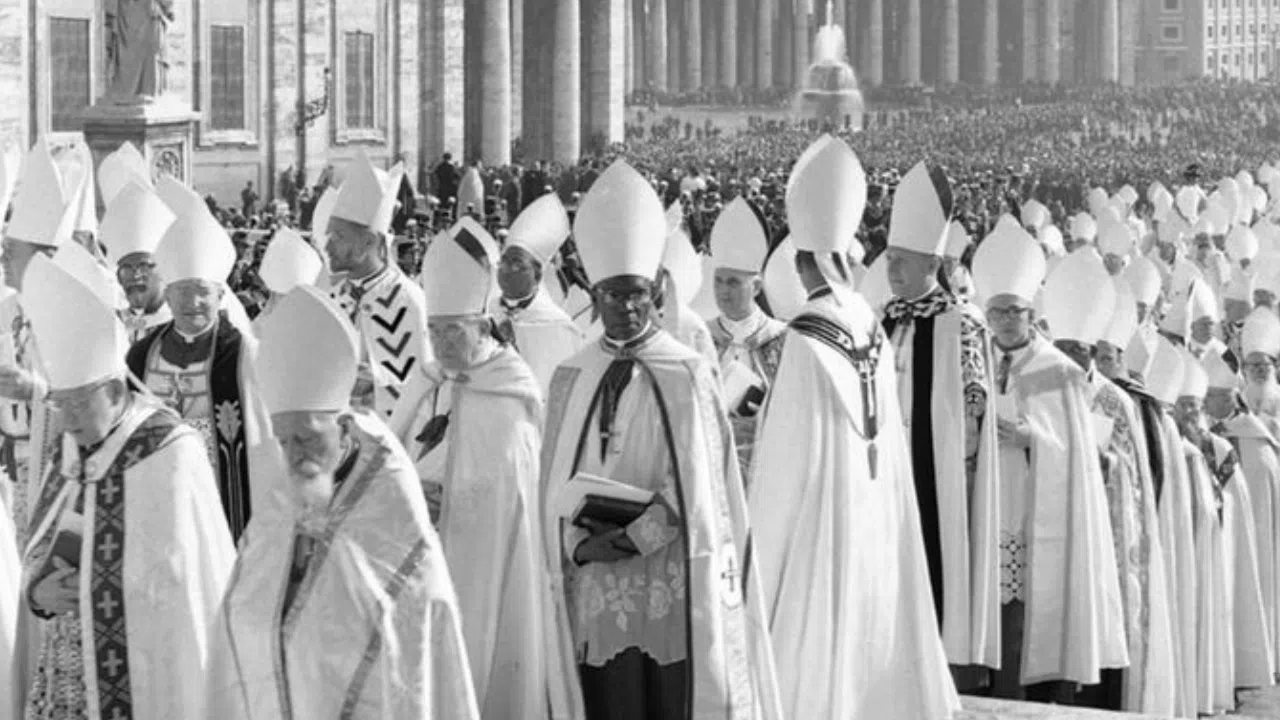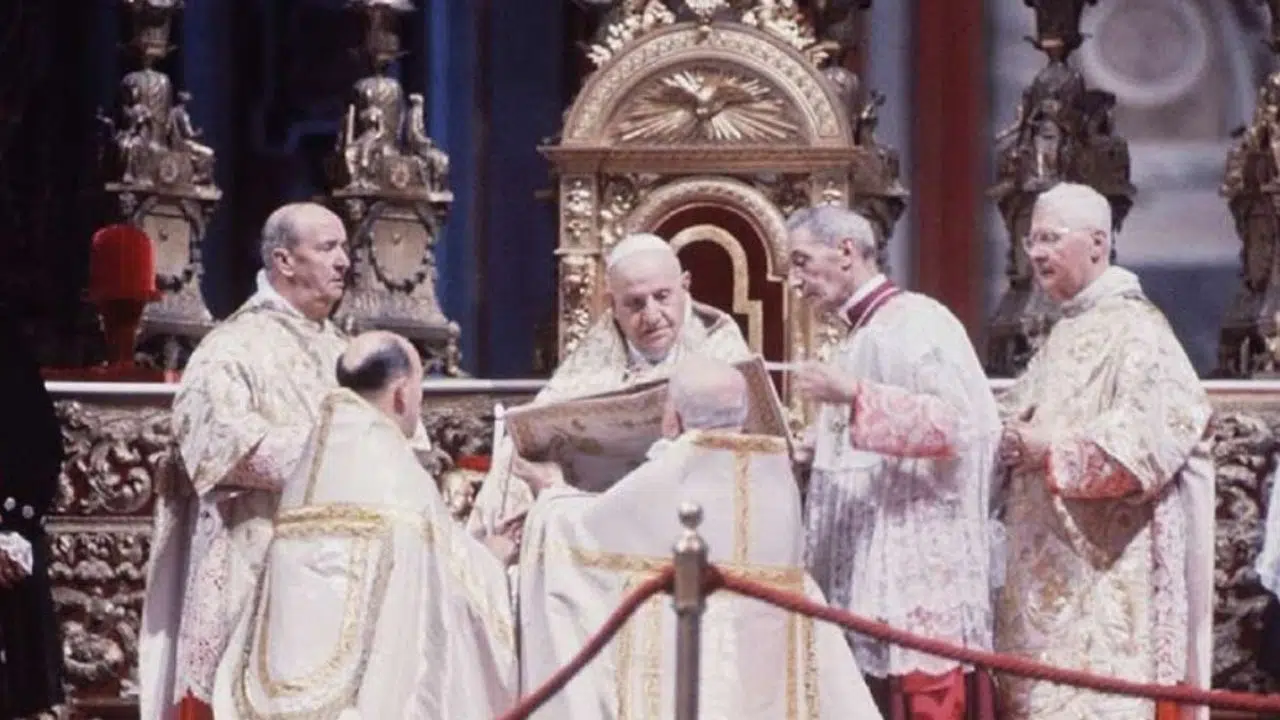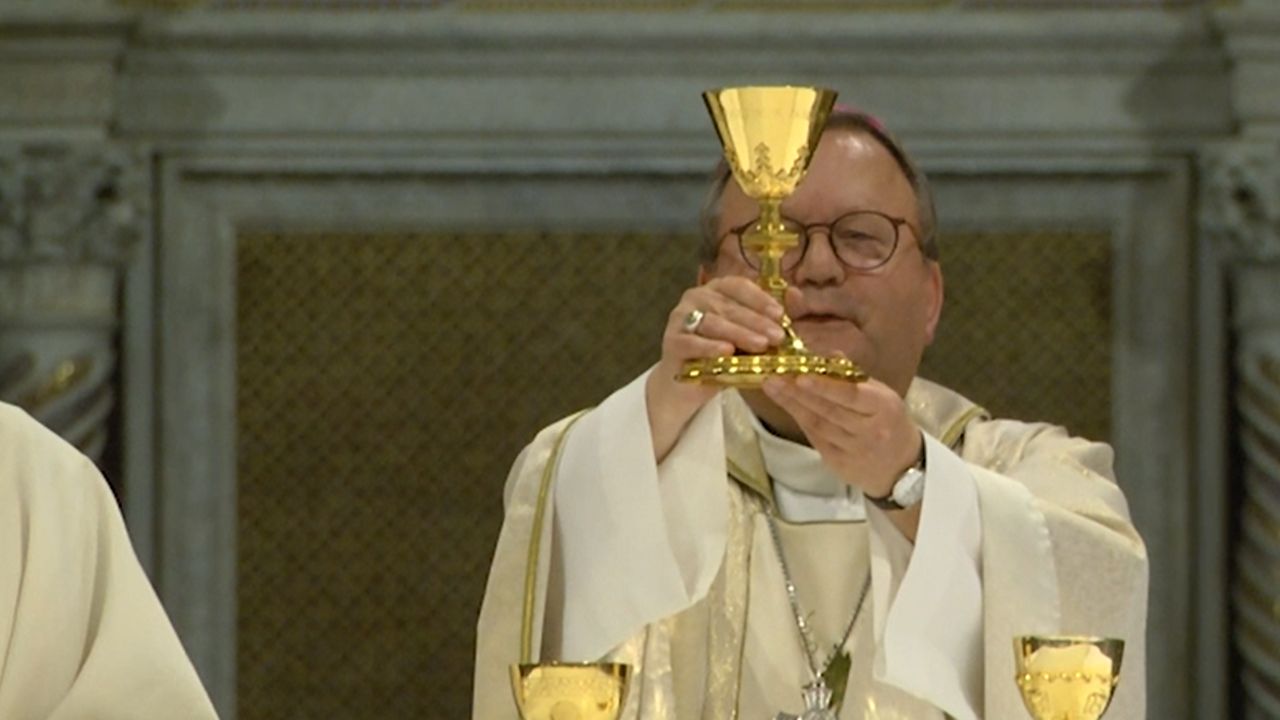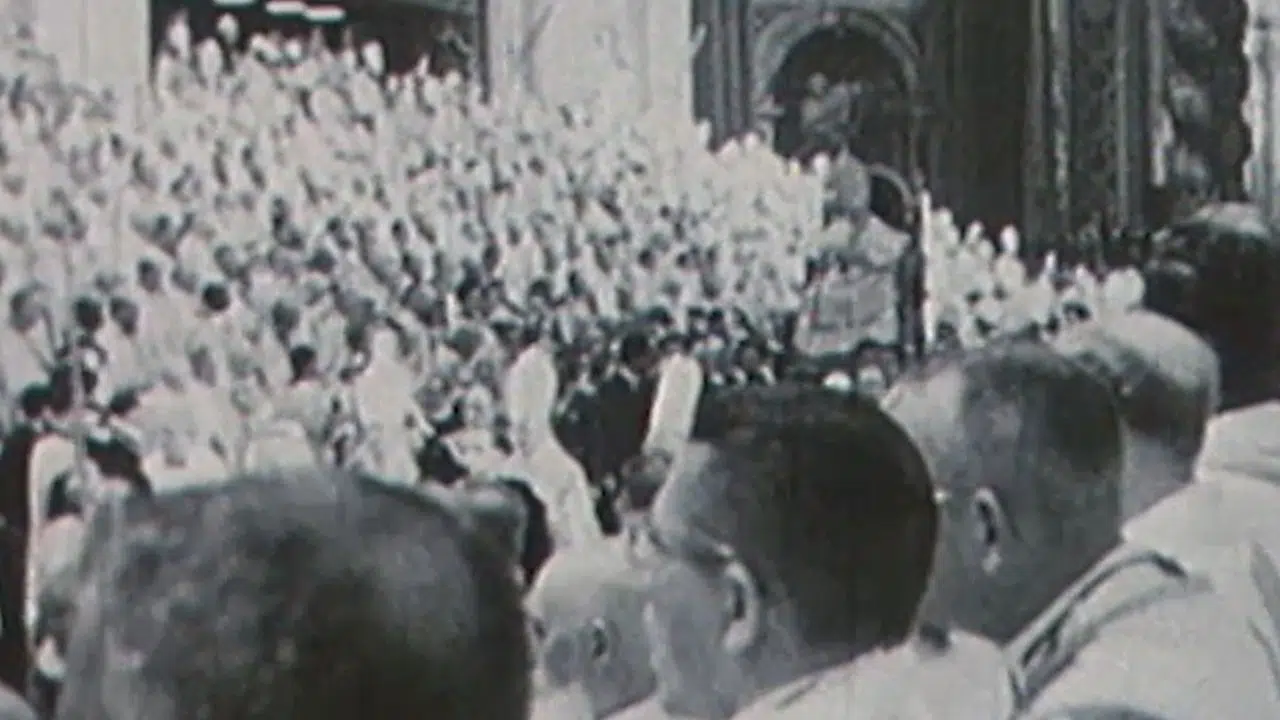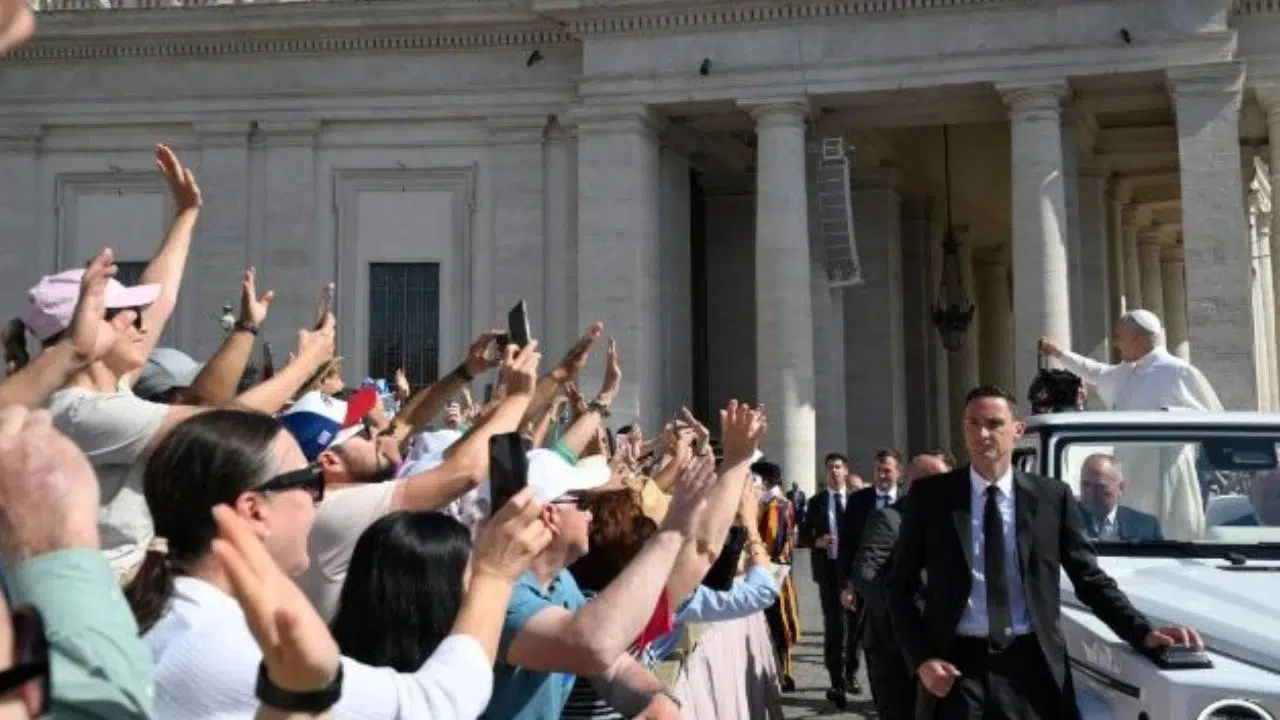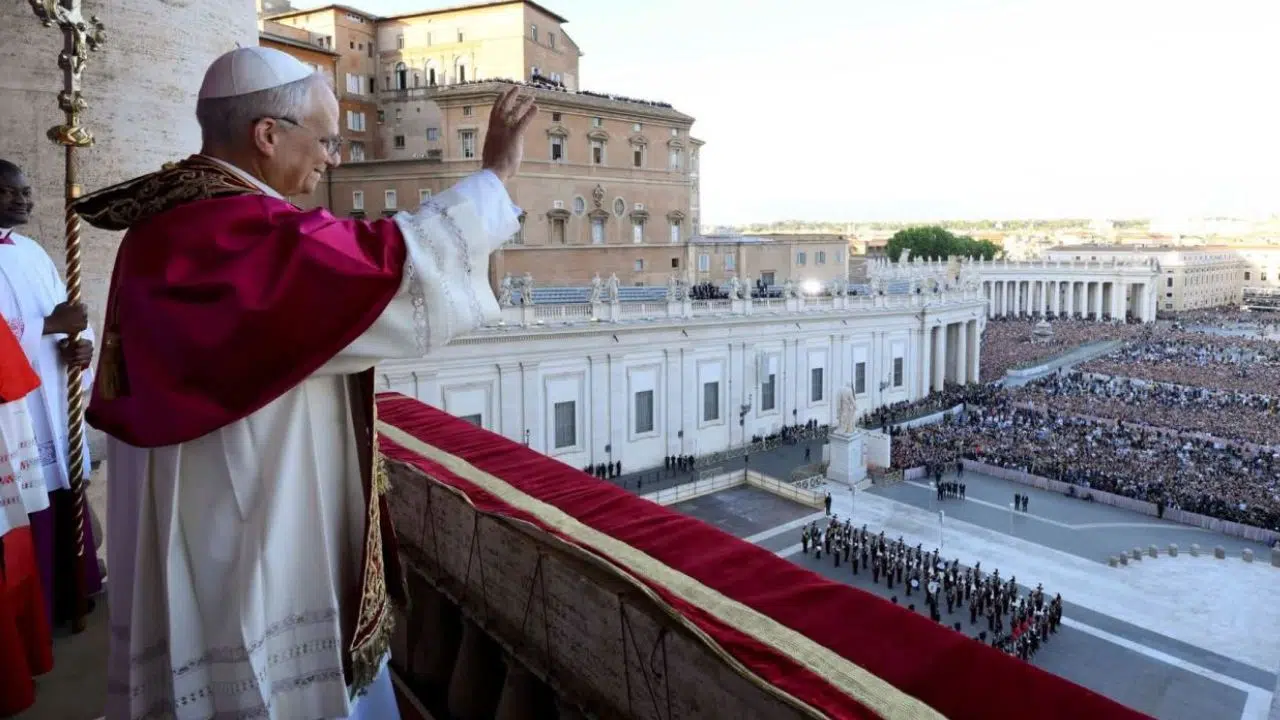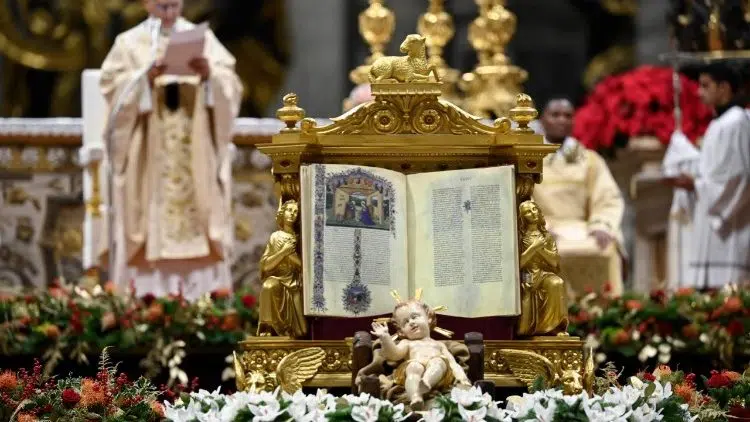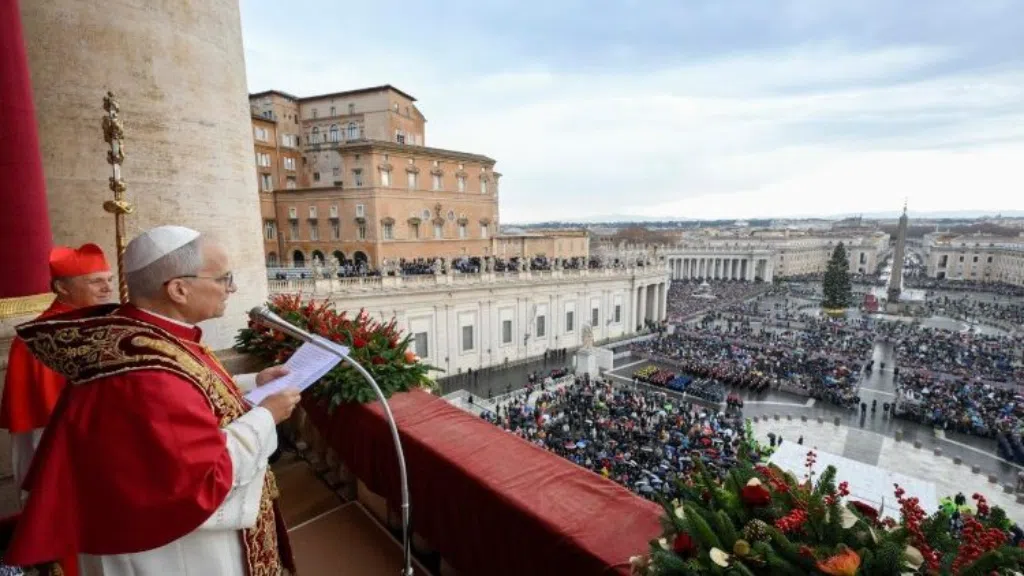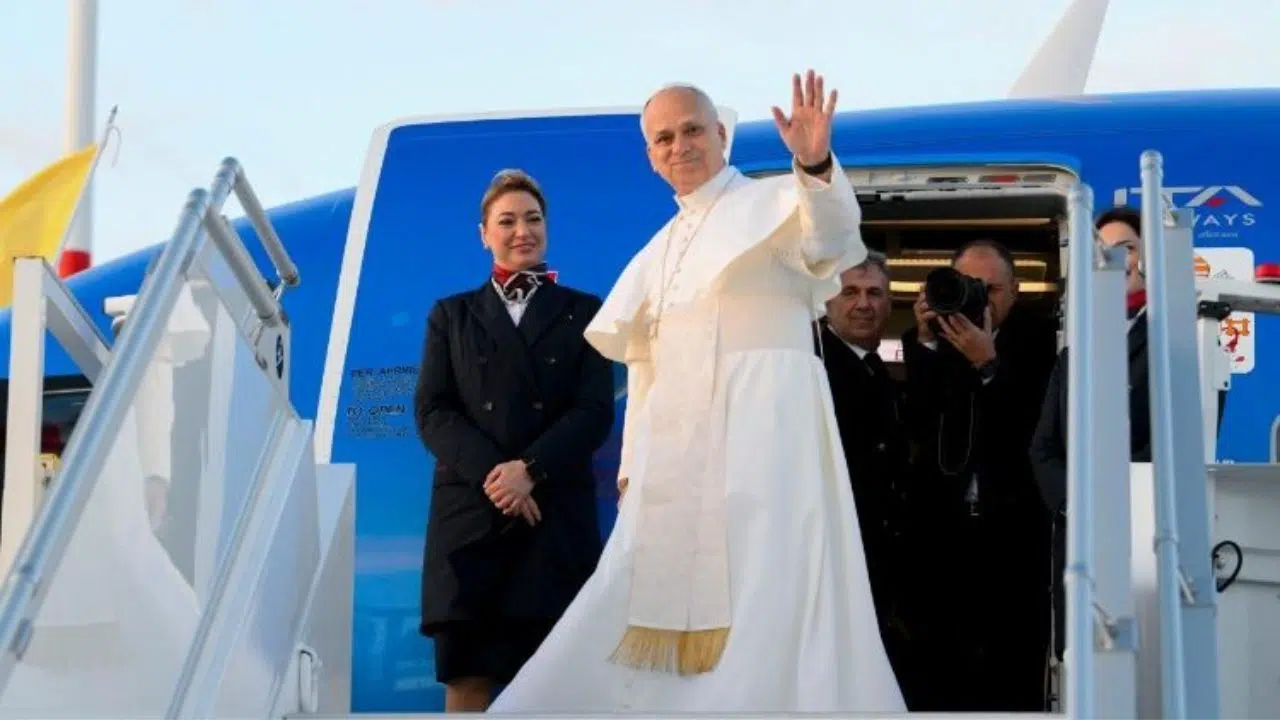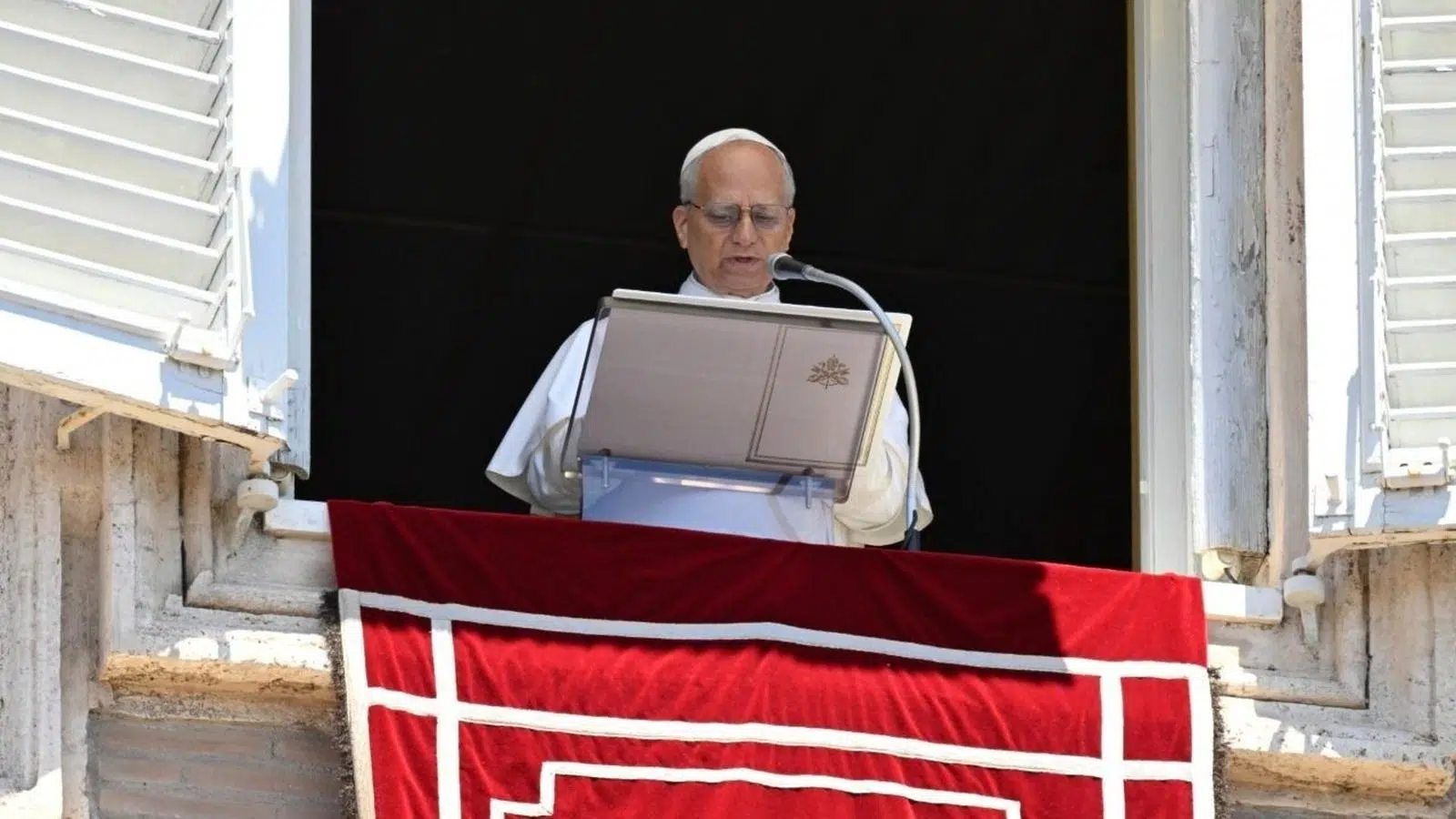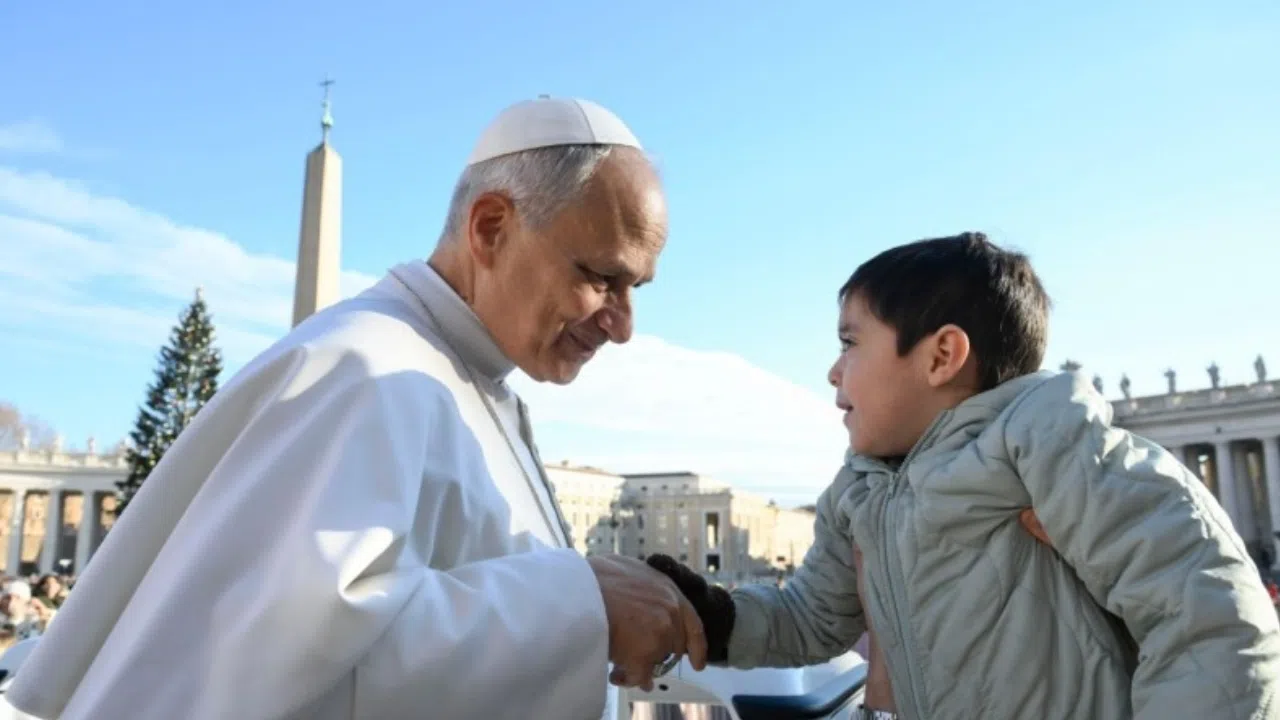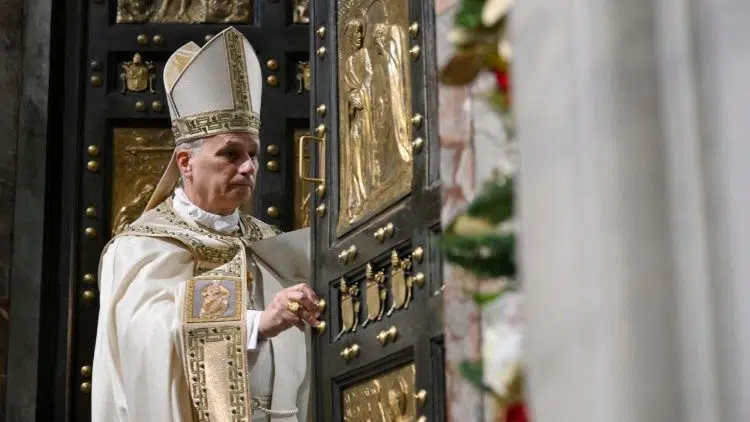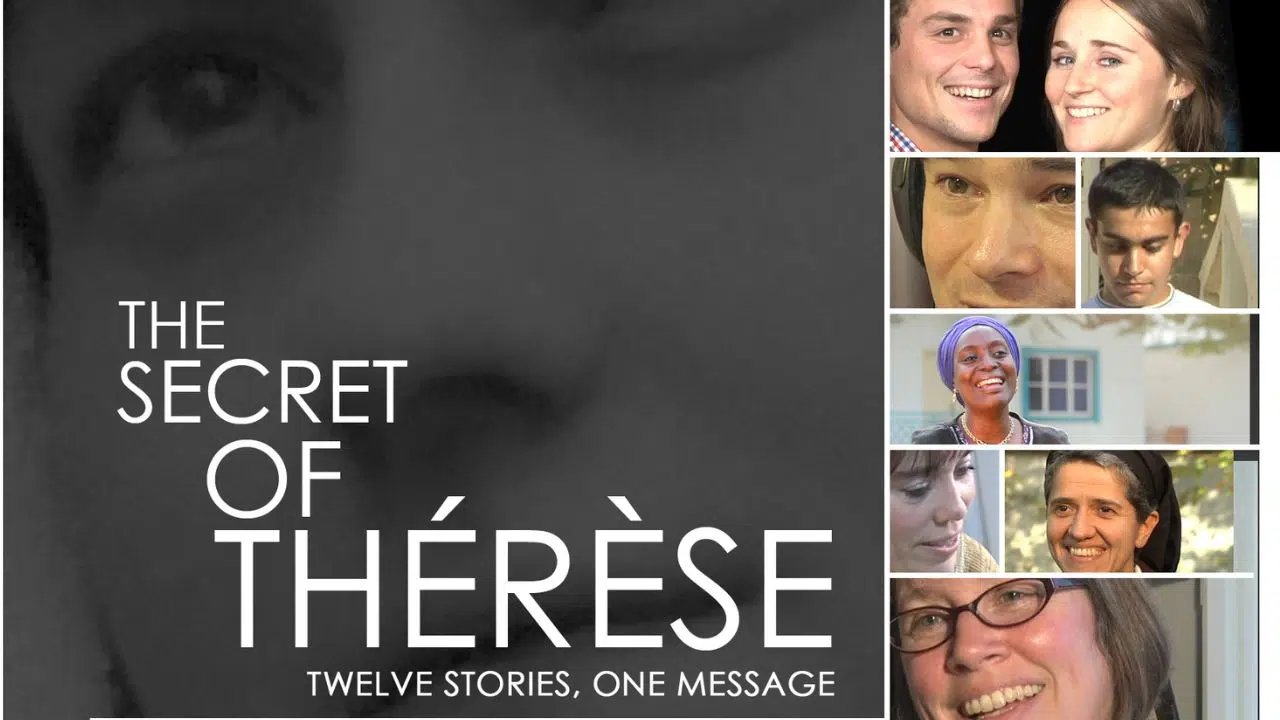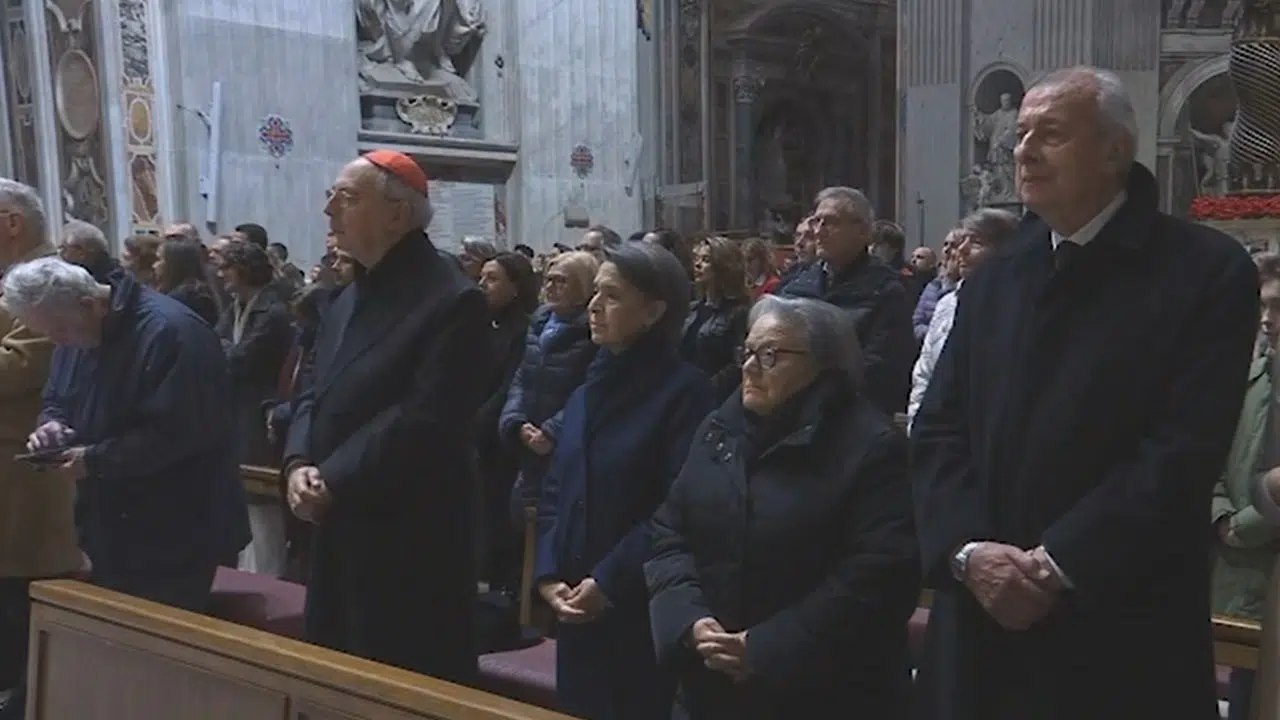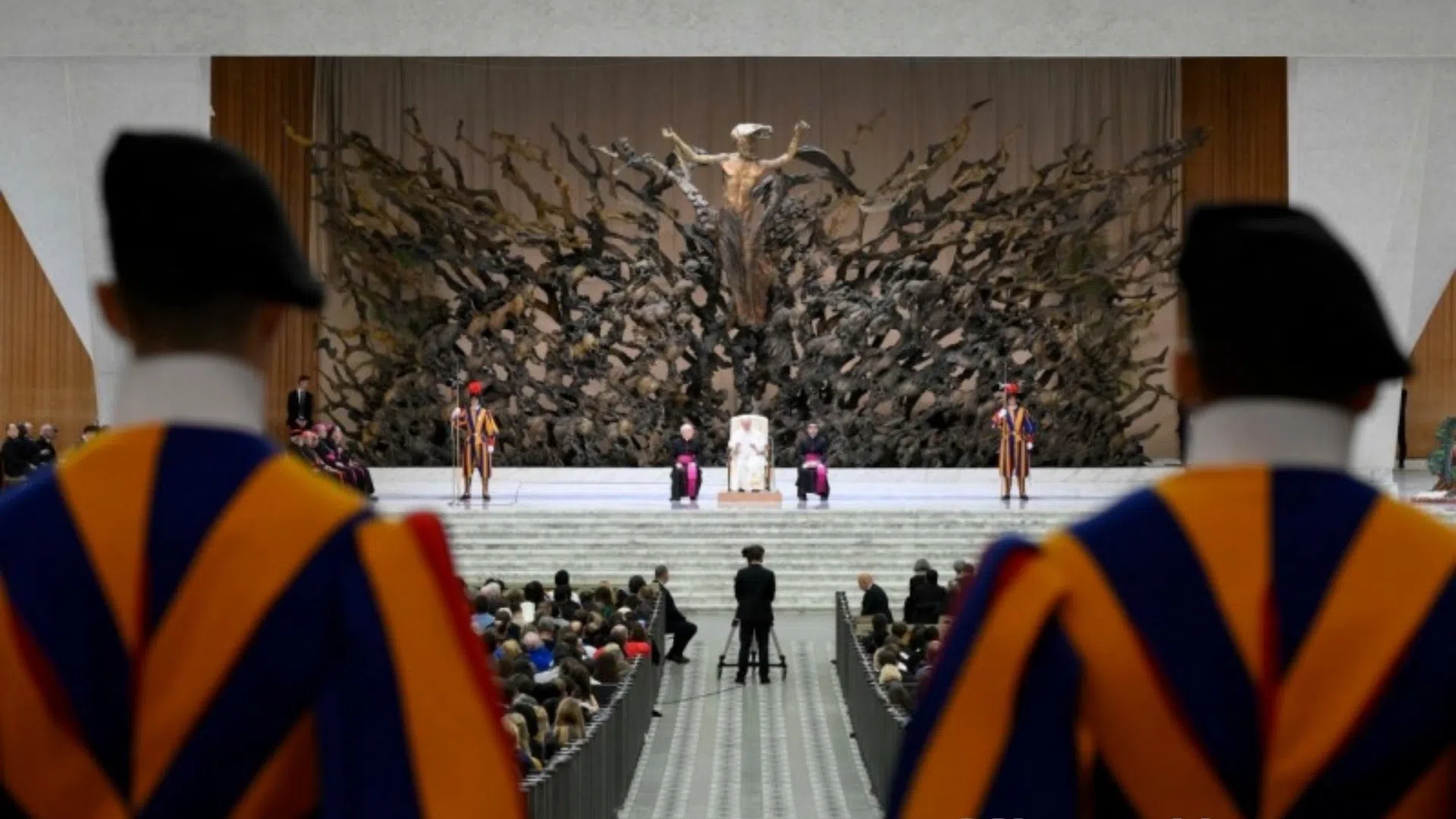St. Sofia was what for Catholics today is St. Peter's. It was the seat of the Patriarch of Constantinople, the city that, after the fall of the Roman Empire, became the political and cultural capital of the Western World.
PHILIP GOYRET
Pontifical University of the Holy Cross
“Western Europe, from Byzantium's perspective, was a chaotic world. The city of Rome had less than 20,000 inhabitants. Byzantium, in turn, was the cradle of culture.”
NIKOS TZOITIS
Advisor, Ecumenical Patriarchate
“Historians say that in the Byzantine Empire, people would go to bakeries and discuss theology.”
Nevertheless, in 1453, the city fell to Sultan Mehmed II's army. The basilica was turned into a mosque, until nearly 500 years later, it was converted into a museum. This was ordered by the so-called founder of modern-day Turkey, Mustafa Kemal Ataturk.
The decision sought to reconcile Christians and Muslims. Nonetheless, now the Turkey Council of State has chosen to take the matter to President Erdogan, who now has the final say.
The topic has raised tensions on the international level. The U.S. Secretary of State has asked that the current status quo be respected. Greece, an Orthodox country close to Turkey, has asked UNESCO to intervene.
St. Sofia was the seat of the Patriarch of Constantinople, who has also asked that its current function as a museum not be changed, in order to prevent it from becoming a reason for clashes and conflict.
At the political level, the president of Turkey will have to gauge whether it's worth making more enemies in the West in order to gain favor with some of the country's Islamic groups.
Paul VI's visit there was quite polemical. He knelt to ask the Orthodox for forgiveness for the schism of 1053. Turkish authorities frowned upon the gesture because St. Sofia had been turned into a museum, and praying there was forbidden. The objective was to avoid insulting any type of religious sensibility.
Javier Romero
Translation: CT
